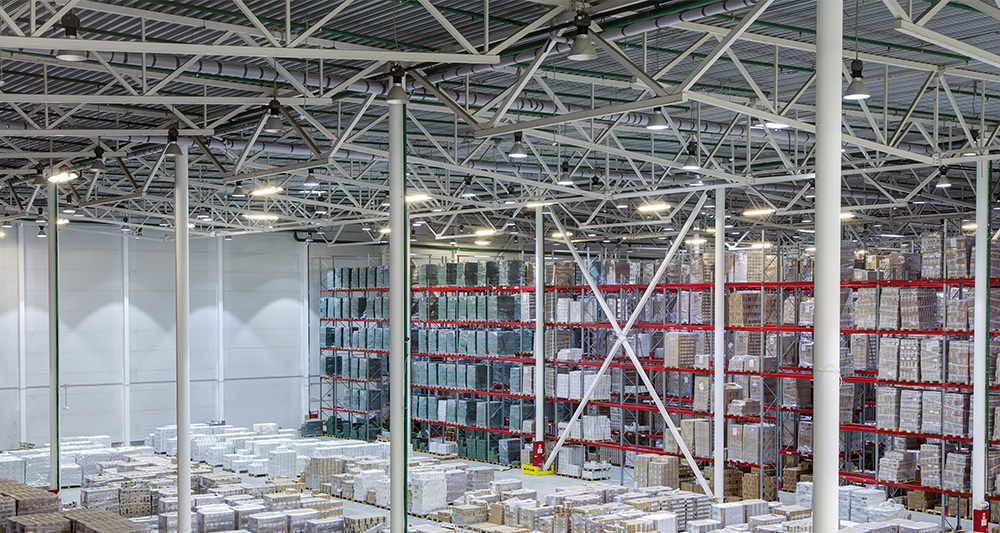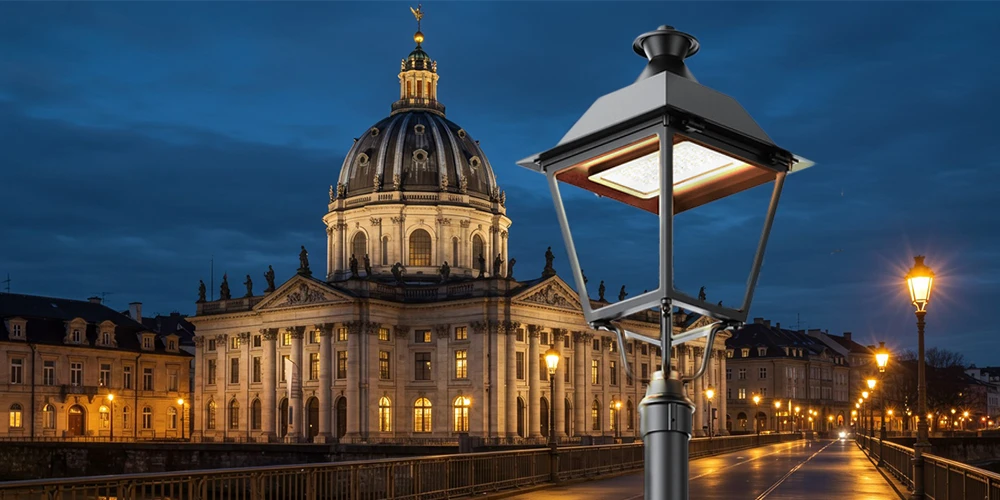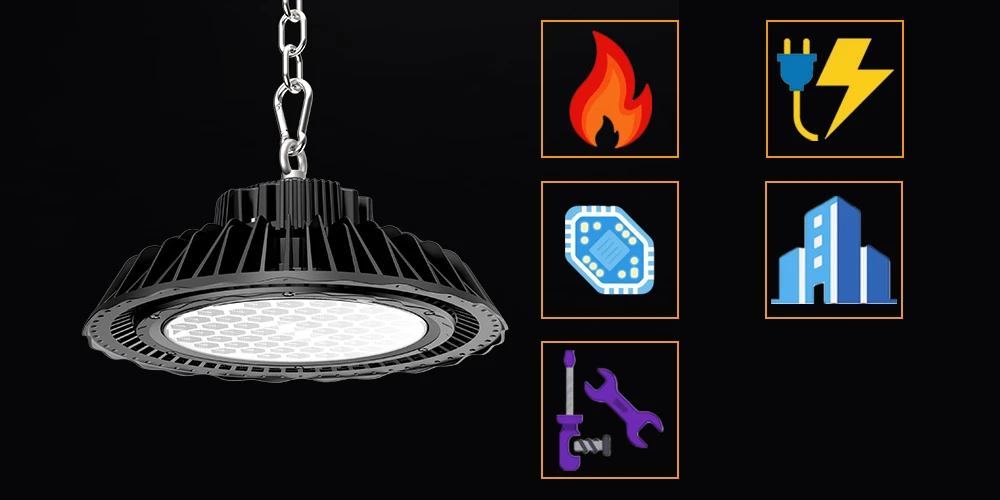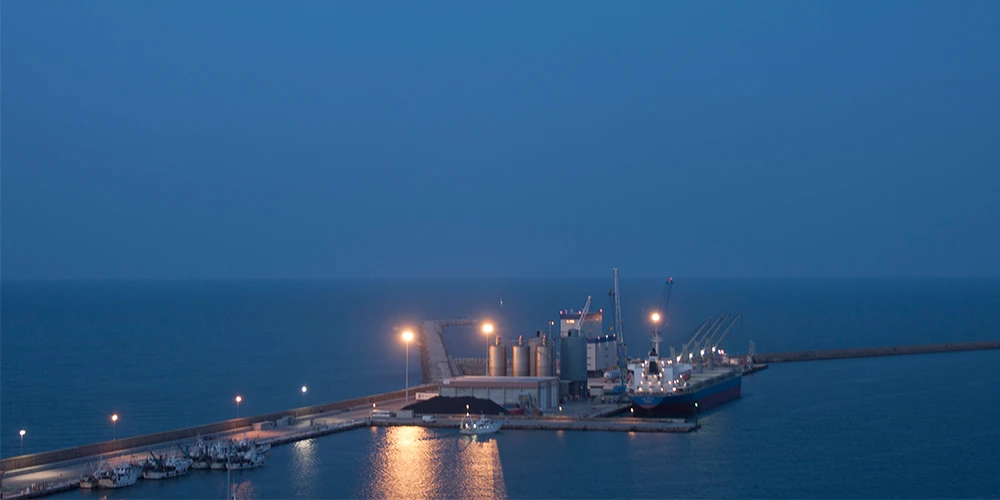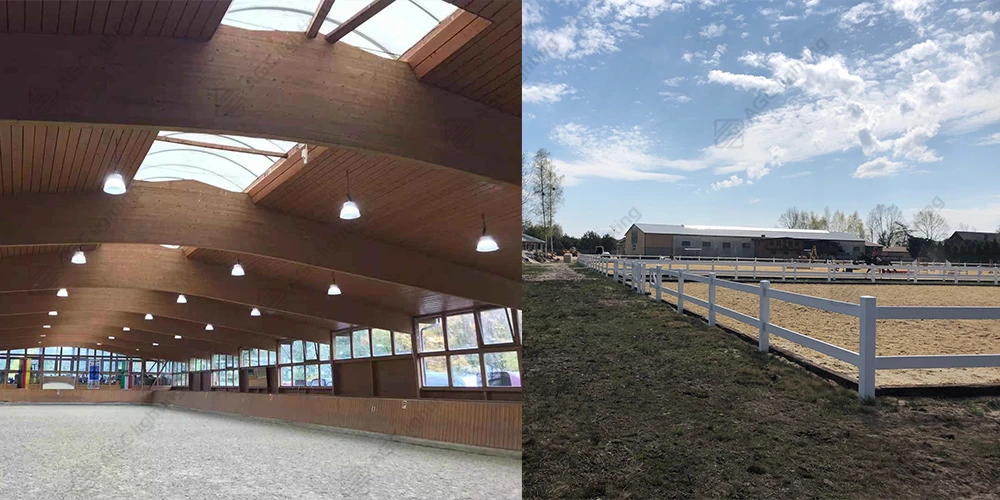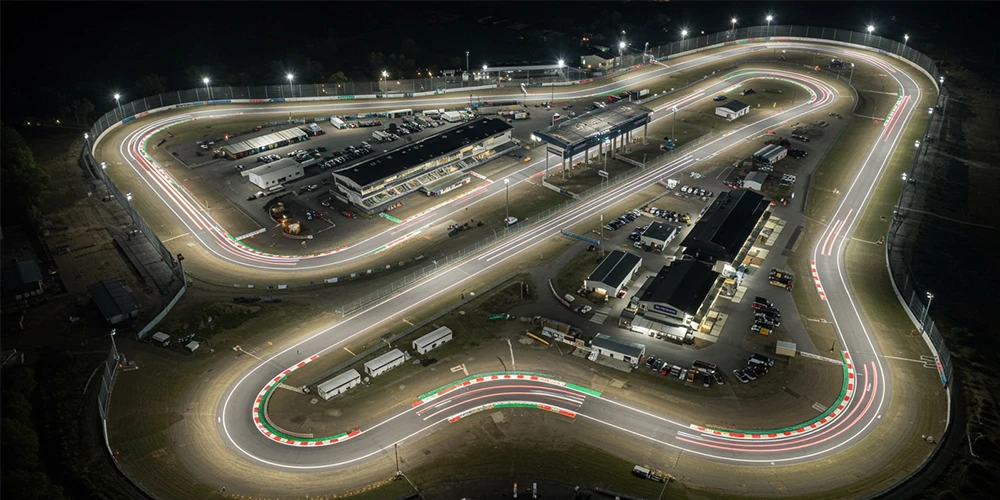Lighting is an essential element of any building or facility, whether it is for commercial or industrial purposes. Lighting can affect the mood, productivity, and safety of the occupants, as well as the aesthetics, functionality, and energy efficiency of the building.
However, lighting is not a static feature that can be installed once and forgotten. Over time, a lighting system is subject to various factors that can degrade its performance, such as the accumulation of dirt and the aging of the fixtures. An essential aspect of lighting that often goes unnoticed is the maintenance factor.
The maintenance factor is a measure of how much the lighting level will decrease over time due to the aging and soiling of the lamps and luminaires. It is used to describe how the performance of a lighting system changes over time.
What is the maintenance factor
The maintenance factor (MF) is a measure of how much light output, or lumens, is reduced over time. The maintenance factor is important in lighting design as it helps ensure that the lighting system can provide the required level of illumination throughout its lifespan.
When a lighting installation is first implemented, the luminaires emit a certain amount of light measured in lumens, which illuminates the intended area. However, as time passes, various factors come into play that diminish the effectiveness of the lighting system.
Dust and dirt settle on the luminaires, reducing the lighting output. Lighting fixtures lose their brightness due to aging and require replacement. Even the reflectors and optics within the fixtures may degrade, affecting the distribution of light.
To account for these inevitable changes, the maintenance factor is used as a multiplier to adjust the initial lighting levels. It helps ensure that the area remains adequately illuminated throughout the lifespan of the lighting system.
Factors affecting maintenance factor
The maintenance factor can vary depending on several factors that affect the lighting system, such as the type of light source, the design of the luminaire, the environment where the lighting system is installed, and the maintenance schedule of the lighting system. These factors can be grouped into four main categories: lamp lumen maintenance factor (LLMF), luminaire maintenance factor (LMF), lamp survival factor (LSF), and room surface maintenance factor (RSMF).
Lamp lumen maintenance factor
The LLMF is the ratio of the lamp lumens at a specific time to the initial values. It depends on the lamp type, the operating conditions, and the quality of the lamp. The lifespan of a professional lighting system is 50,000 hours. These 50,000 hours correspond, for example, to 12.5 years in retail stores with 4,000 hours of annual operating time. The industry standard is set for L80 luminaires after 50,000 hours. "L80" indicates that at least 80% of the initial luminous flux remains after 50,000 hours. Therefore, the lamp lumen maintenance factor for L80 luminaires is 0.8.
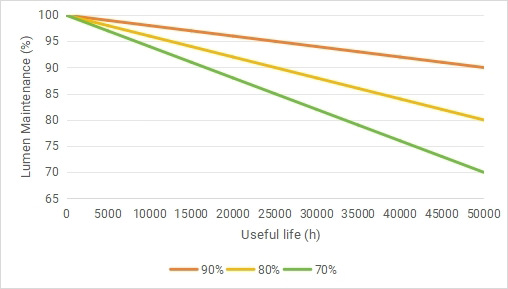
Luminaire maintenance factor
LMF is the ratio of the light output of a clean luminaire to that of a dirty one. It depends on the type and quality of the lamp and luminaire, as well as the amount of dirt and dust that can accumulate on them. The LMF can vary from 0.6 to 0.95, depending on the luminaire design and the environment.
The LMF of indoor luminaires can be determined by the CIE 97-2005 standard. For example, in a clean environment like an office, where the light-emitting surface is thoroughly cleaned once a year, the LMF is 0.93 (the luminous flux decreases by a maximum of 7% until cleaning).
Here is a table illustrating the luminaire maintenance factor in relation to the degree of contamination and the maintenance interval:
|
System contamination level |
Maintenance interval |
|||||
|
1 year |
2 year |
3 year |
4 year |
5 year |
6 year |
|
|
Very clean |
0.96 |
0.94 |
0.92 |
0.90 |
0.88 |
0.87 |
|
Clean |
0.93 |
0.89 |
0.85 |
0.82 |
0.79 |
0.77 |
|
Normal |
0.89 |
0.84 |
0.79 |
0.75 |
0.70 |
0.67 |
|
Dirty |
0.83 |
0.78 |
0.73 |
0.69 |
0.65 |
0.62 |
Lamp survival factor
LSF is the ratio of the number of lamps that are still operating at a specific time to the initial number of lamps. LSF depends on the reliability and durability of the lamps, as well as the frequency and quality of maintenance. LSF is also influenced by the probability of lamp failure, which can be caused by various factors, such as voltage fluctuations, mechanical shocks, or vandalism.
Room surface maintenance factor
RSMF is the ratio of the reflectance of the room surfaces before and after cleaning. It depends on the environment, cleaning frequency, and the impact of room surfaces on the lighting level. The RSMF is influenced by the surface material and the maintenance schedule.
Here is a table illustrating the space maintenance factor in relation to the degree of contamination and the maintenance interval.
|
System contamination level |
Maintenance interval |
|||||
|
1 year |
2 year |
3 year |
4 year |
5 year |
6 year |
|
|
Very clean |
0.98 |
0.97 |
0.96 |
0.95 |
0.95 |
0.95 |
|
Clean |
0.97 |
0.95 |
0.94 |
0.93 |
0.92 |
0.92 |
|
Normal |
0.94 |
0.93 |
0.92 |
0.92 |
0.91 |
0.91 |
|
Dirty |
0.93 |
0.90 |
0.88 |
0.87 |
0.87 |
0.86 |
How to calculate the maintenance factor
The maintenance factor of a lighting system is calculated by multiplying the values of four main factors that affect the lighting system, namely LLMF, LMF, LSF, and RSMF. The formula for calculating the maintenance factor is as follows:
The maintenance factor is usually expressed as a decimal number between 0 and 1, where 1 means no reduction in light output, and 0 means a complete loss of light output.
The maintenance factor can help determine the initial light output needed to achieve the desired light output at the end of the service life. For example, if the maintenance factor of a lighting system is 0.8 and the required light output at the end of the service life is 500 lux, then the initial light output should be 500/0.8 = 625 lux.
It also helps evaluate the performance of the lighting system over time and identify the need for maintenance or replacement. For instance, if the maintenance factor of a lighting system drops below a certain threshold, such as 0.7, it means that the lighting system can no longer provide the required level of illumination, and it may need to be cleaned, repaired, or replaced.
Strategies for improving the lighting maintenance factor
Maintaining optimal lighting quality throughout the lifespan of a lighting system is essential for creating visually appealing and functional environments. There are strategies that can be employed to improve the maintenance factor and prolong the effectiveness of the lighting installation.
Investing in high-quality luminaires is crucial for minimizing the decrease in light output, especially in harsh environments such as hazardous locations, high-temperature environments, and cold storage. Select fixtures that are designed with durable materials, efficient heat dissipation mechanisms, and easy cleaning features.
Implementing regular cleaning and maintenance practices is vital for improving the maintenance factor. Dust and dirt accumulation on luminaires can significantly impact light output. Establish a cleaning schedule and ensure that luminaires are cleaned at appropriate intervals.
Create an environment that minimizes the accumulation of dirt and dust. Proper ventilation and air filtration systems can help reduce the amount of airborne particles that settle on luminaires.
Controlling depreciation factors such as LLMF, LMF, LSF, and RSMF not only preserves lighting quality but also avoids energy waste from over-lighting to compensate for lowered output. By implementing these strategies, you can maximize the maintenance factor for the most efficient lighting over the system's lifetime.


